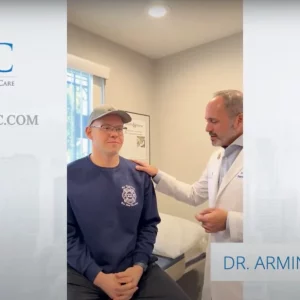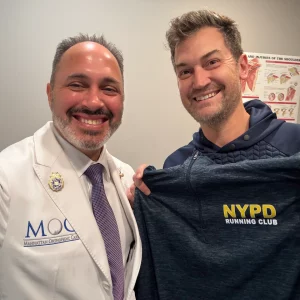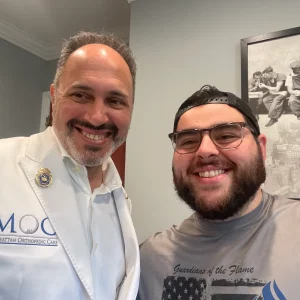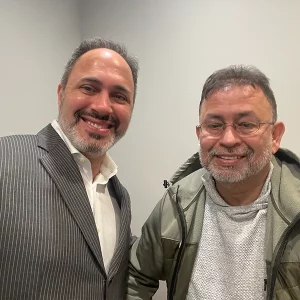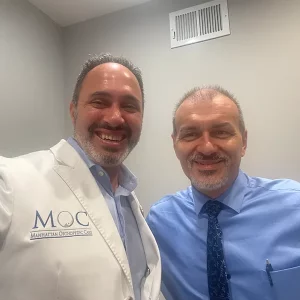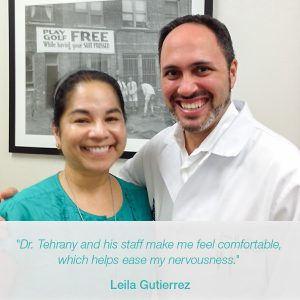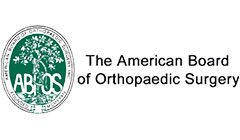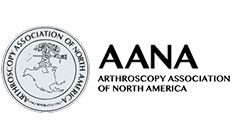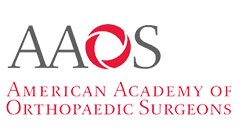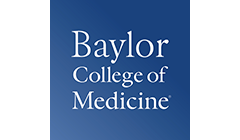Dr. Armin Tehrany, one of the best orthopedic doctors in New York, has contributed to Arthroscopy, the leading peer-reviewed journal in the field of arthroscopic surgery many times. Dr. Tehrany shared his professional opinion and expertise through numerous articles and research studies, helping his peers to take the advantage of the latest developments regarding arthroscopic surgeries.
Arthroscopy: The Journal of Arthroscopic and Related Surgery provides detailed reviews on the emerging arthroscopy techniques. The article sums up the benefits of the arthroscopic methods, describing their usefulness in different orthopedic surgeries.
One of the articles Dr. Tehrany contributed to is Quantifying glenoid bone loss arthroscopically in shoulder instability. For this particular article, he teamed up with his colleagues who are renowned leaders in the field: Stephen S. Burkhart, M.D., Joe F. DeBeer, M.D., and Peter M. Parten, M.D.
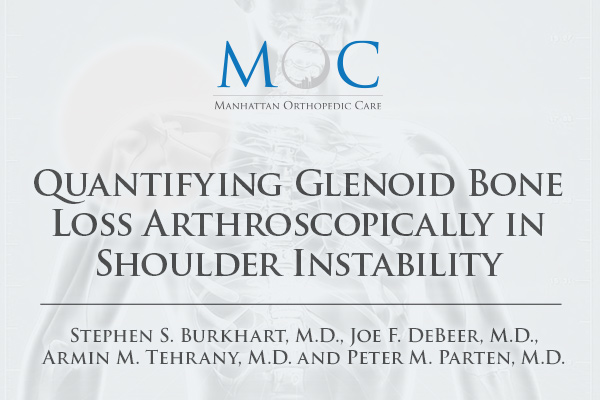
For this editorial, Dr. Armin Tehrany, leading orthopedic surgeon at Manhattan Orthopedic Care, partnered with Stephen S. Burkhart, M.D., Joe F. DeBeer, M.D. and Peter M. Parten, M.D. thru the Baylor College of Medicine.
The purpose of this article is to establish a consistent methodology for quantifying glenoid bone loss by arthroscopic means. The glenoid bone loss has been implicated as a risk factor for recurrent instability after surgical repair. This study aims to describe and quantify the glenoid bone loss in order to prevent instability after surgery. The study concludes that: “The glenoid bare spot can be used as a central reference point to quantify the percentage bone loss of the inferior glenoid. Such objective measurement of glenoid bone loss can be clinically useful to the surgeon in deciding whether bone grafting is necessary to restore stability to the shoulder with a bone-deficient glenoid.”
The article was published in May 2002, Vol 18, No 5: pp 488–491.
Get started on this extensive research with this abstract, and download your copy to get the full text.
Abstract
Type of study: This study was an anatomic investigation of glenoid structure and its consistent anatomic landmarks as determined by arthroscopic means in live subjects and by direct measurement in fresh-frozen cadaver specimens.
Methods: We arthroscopically evaluated and measured the location of the bare spot of the glenoid in 56 subjects that had no evidence of instability (average age, 40 years). We also measured the exact location of the glenoid bare spot in 10 cadaver shoulders (average age, 76 years).
Results: The bare spot of the glenoid was a consistent reference point from which to determine glenoid bone loss because it was located almost exactly at the center of the circle that was defined by the articular margin of the inferior glenoid below the level of the midglenoid notch. The tightly clustered standard deviations of the bare spot measurements in both the live subjects and the cadaver specimens confirmed its consistent location.
Conclusions: The glenoid bare spot can be used as a central reference point to quantify the percentage bone loss of the inferior glenoid. Such objective measurement of glenoid bone loss can be clinically useful to the surgeon in deciding whether bone grafting is necessary to restore stability to the shoulder with a bone-deficient glenoid.
The complete article is available for download here.















